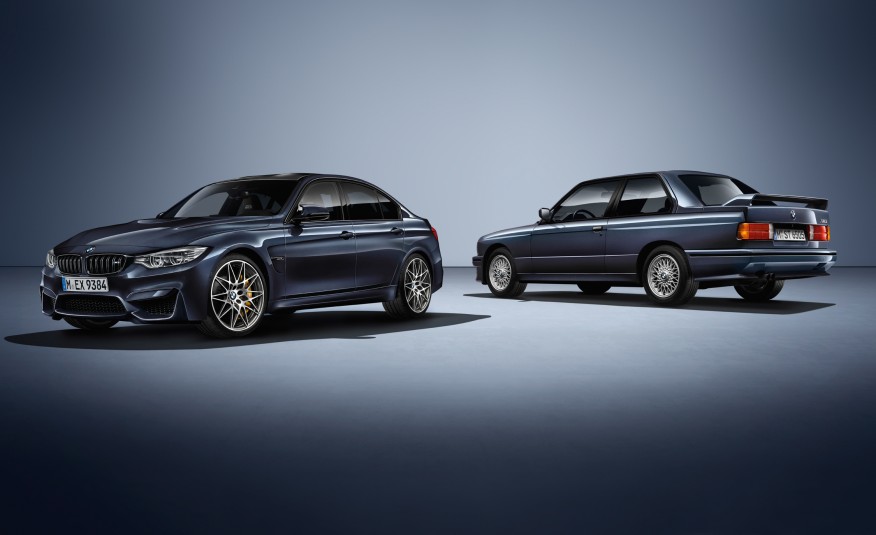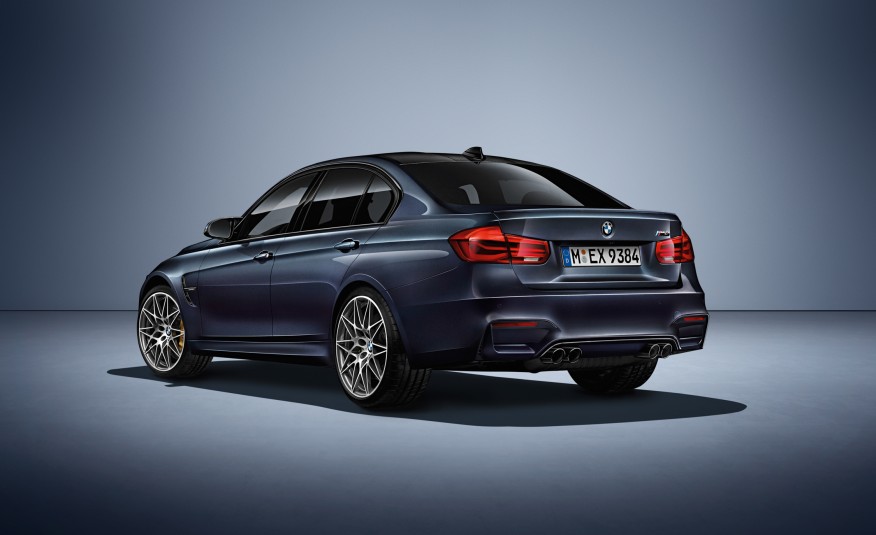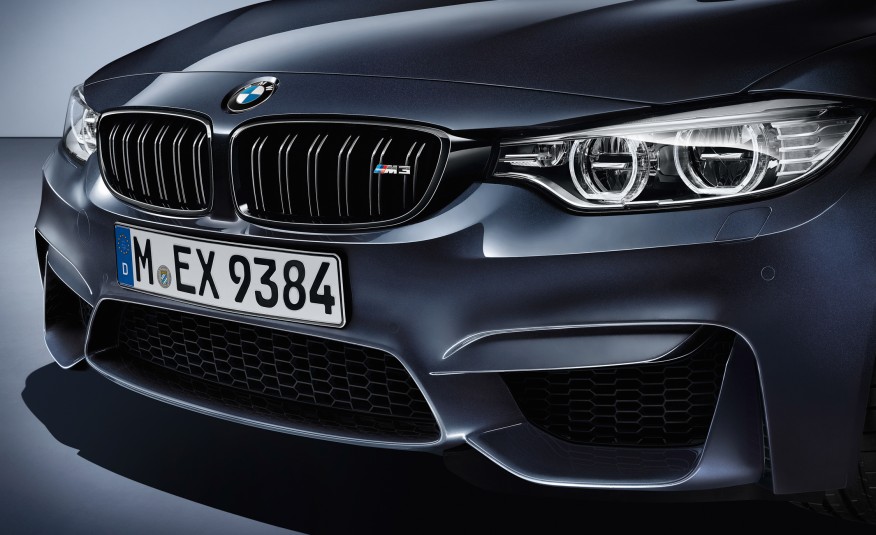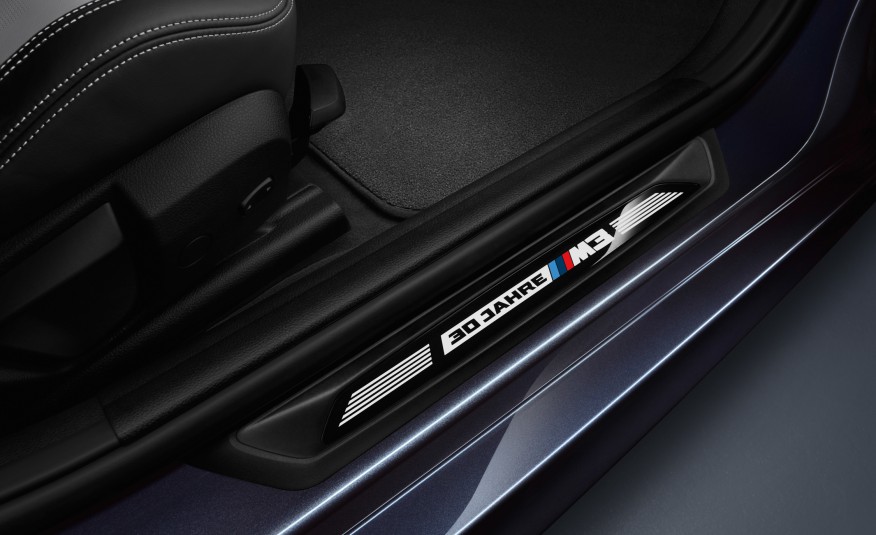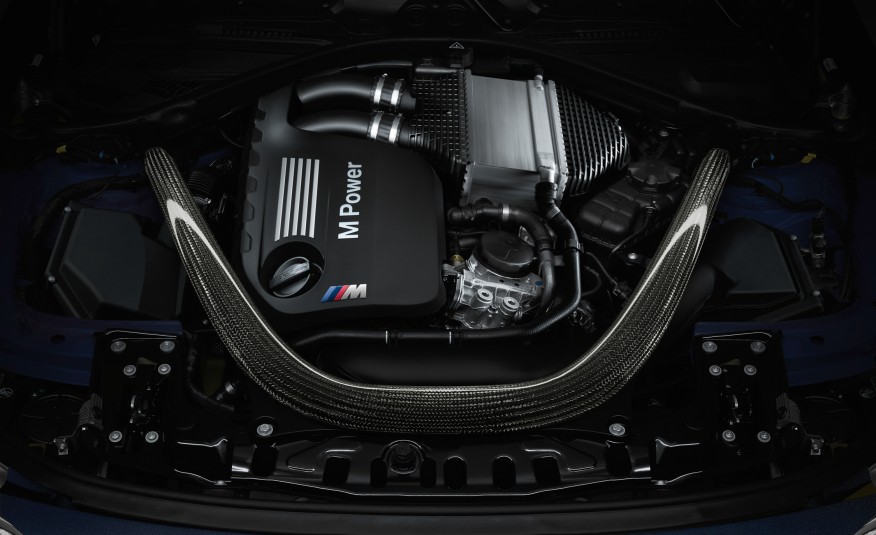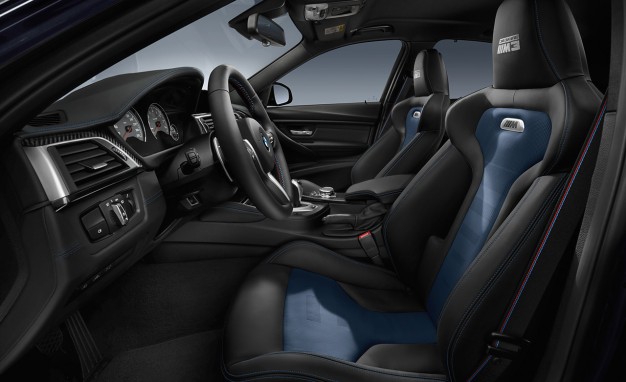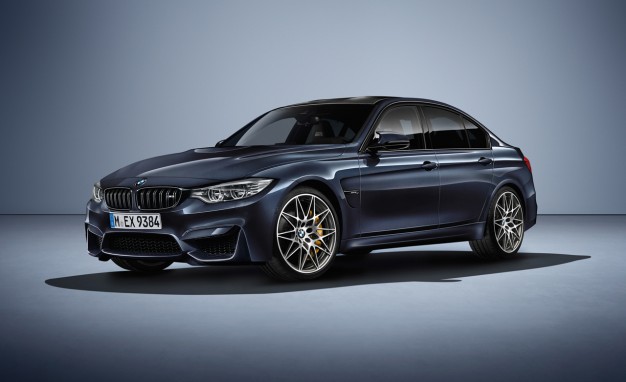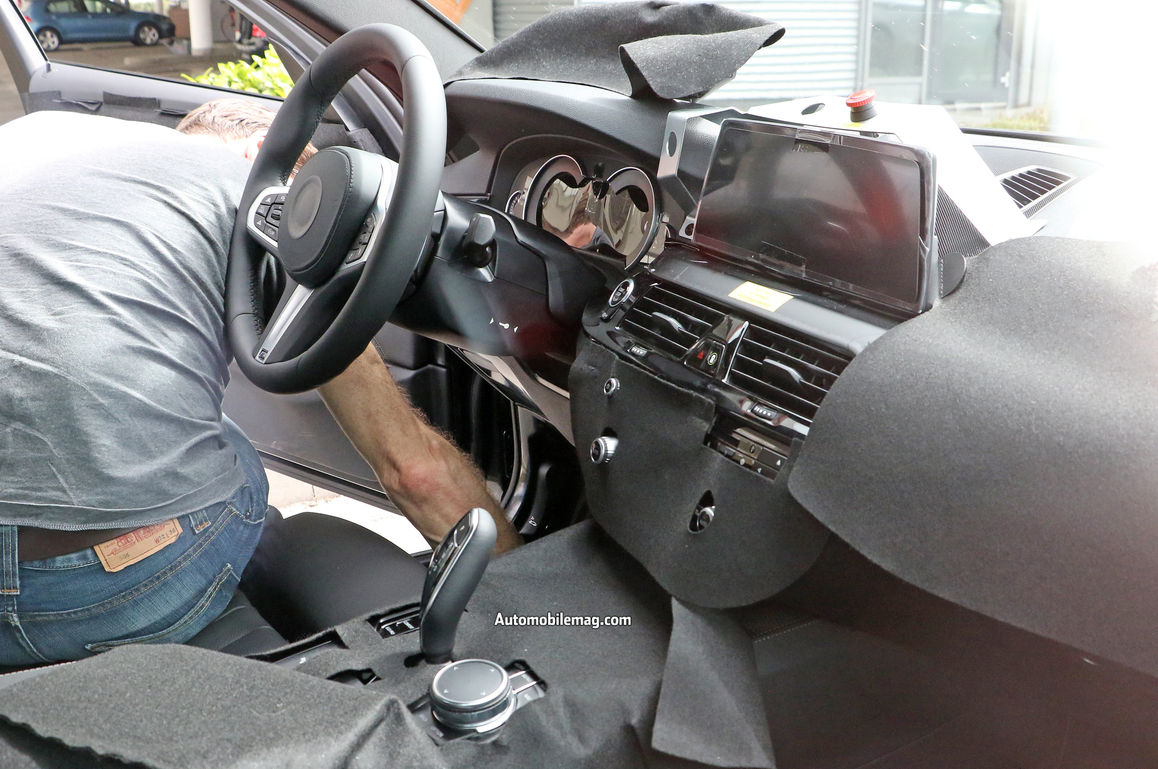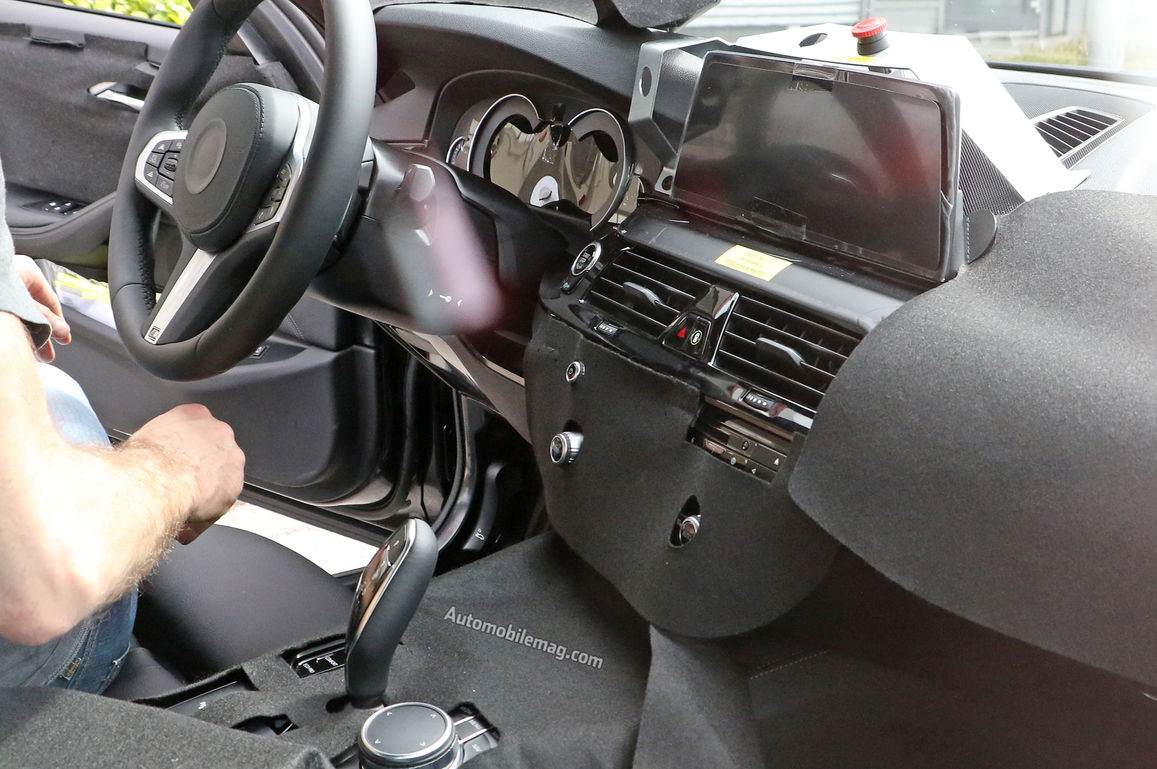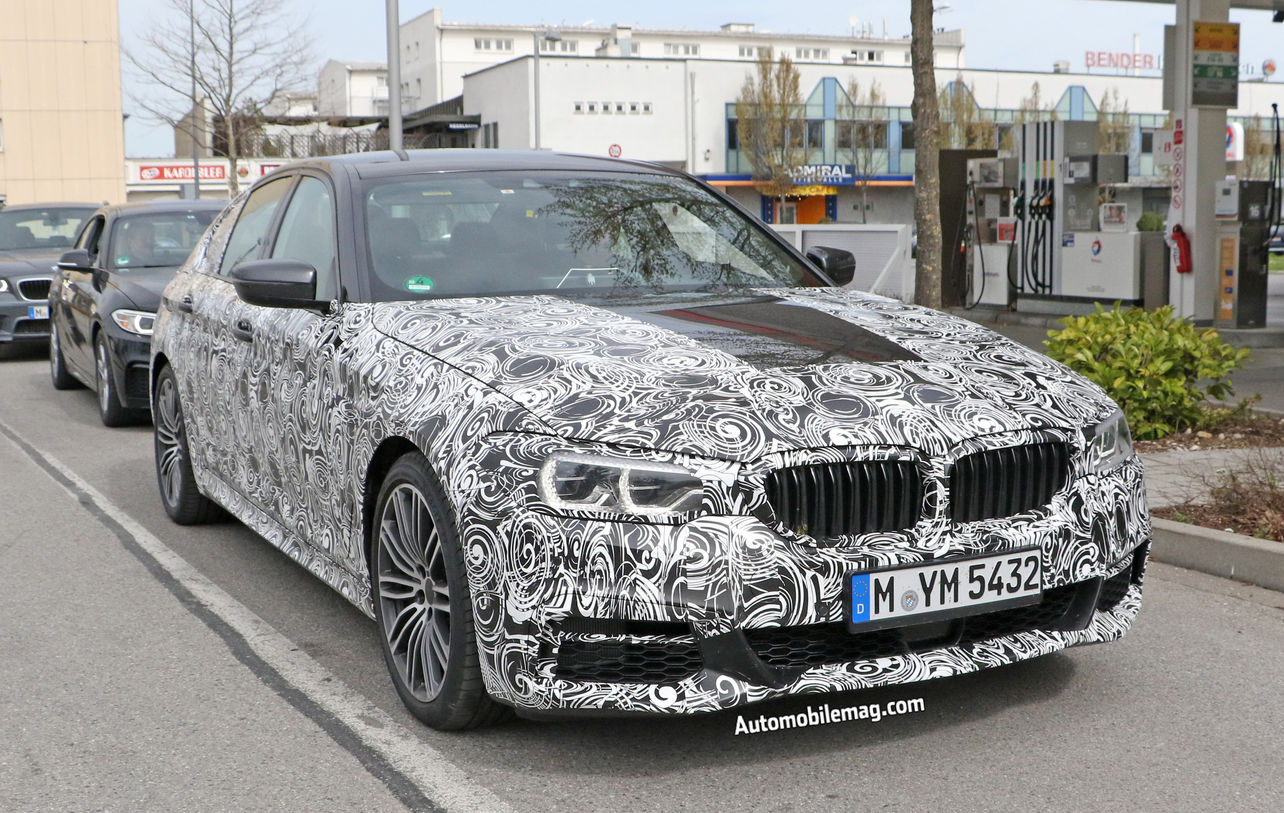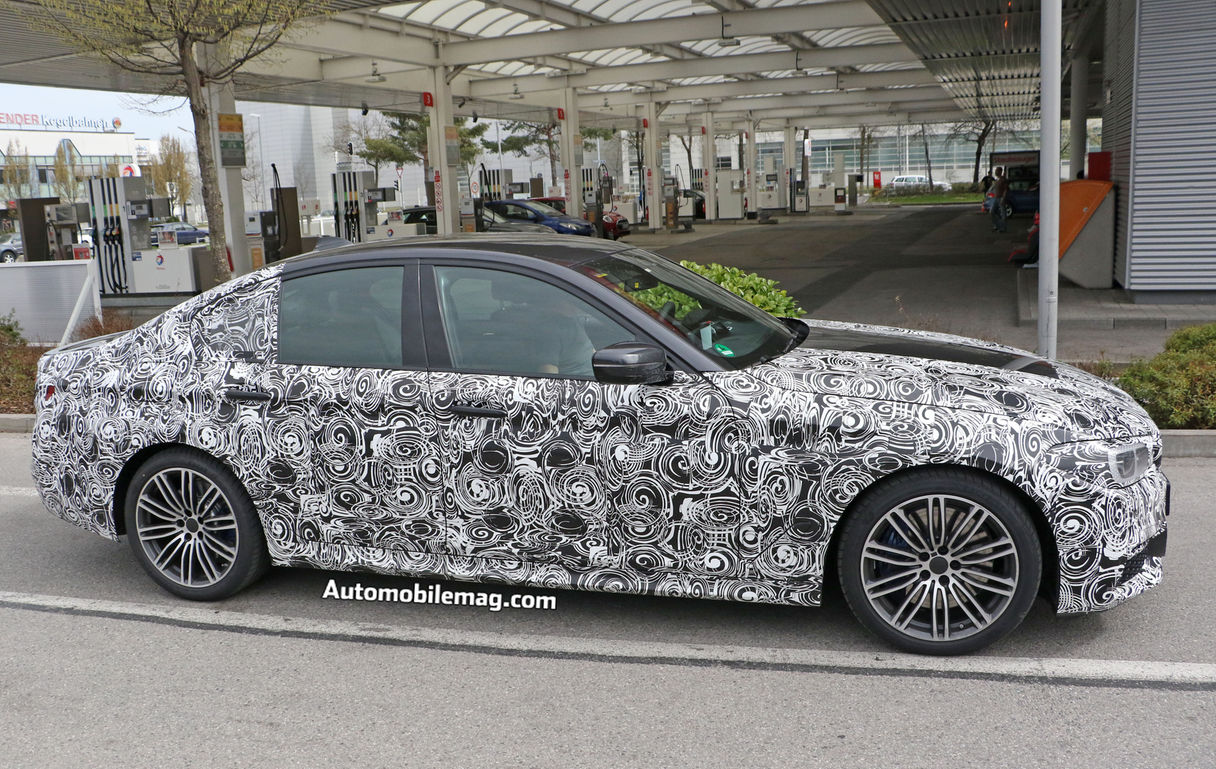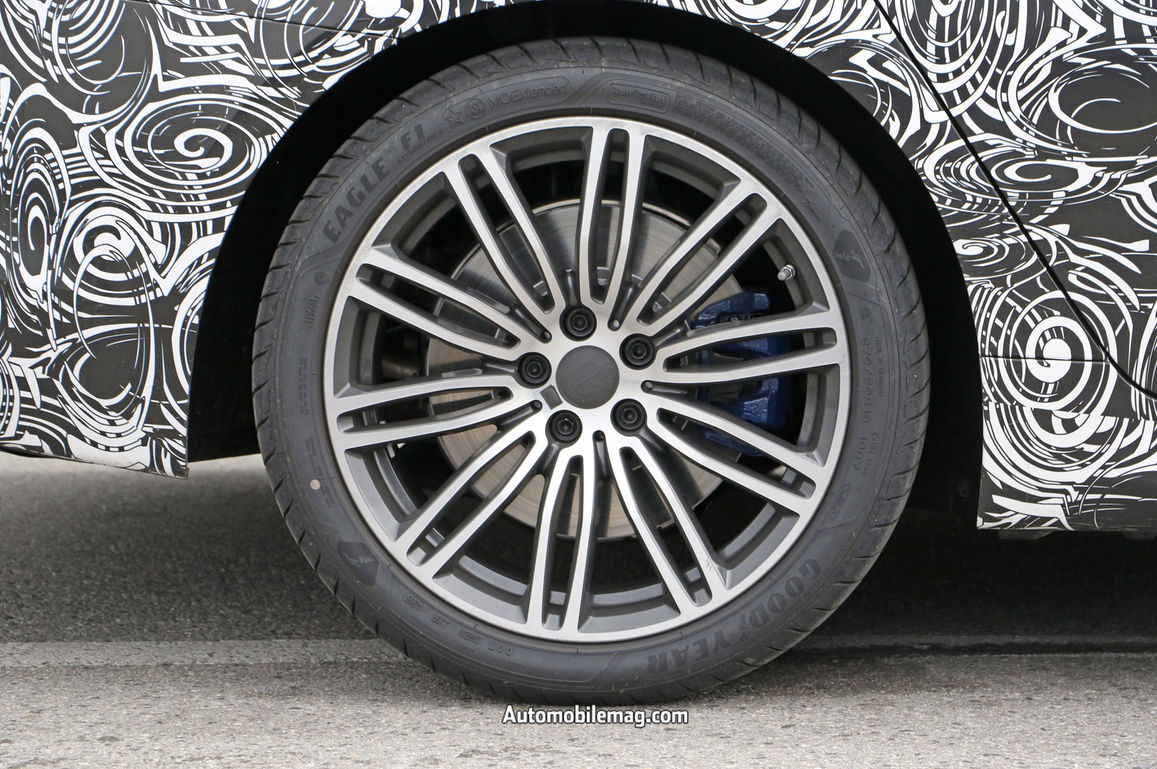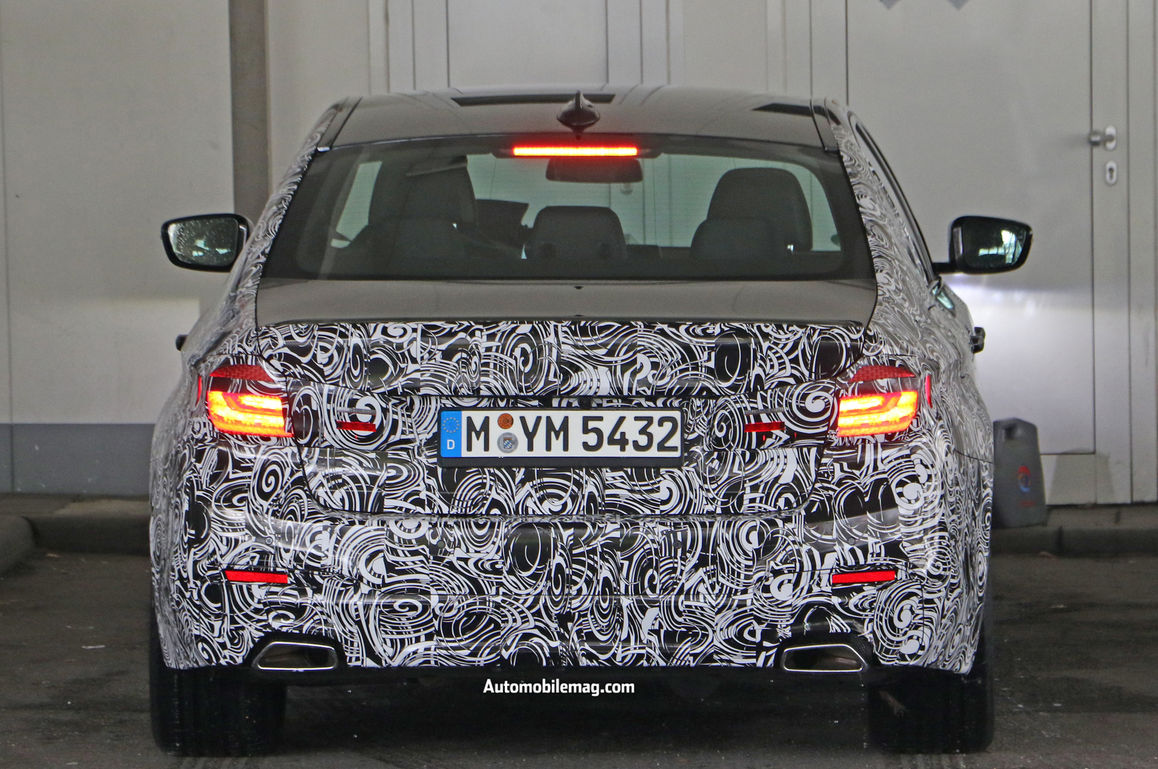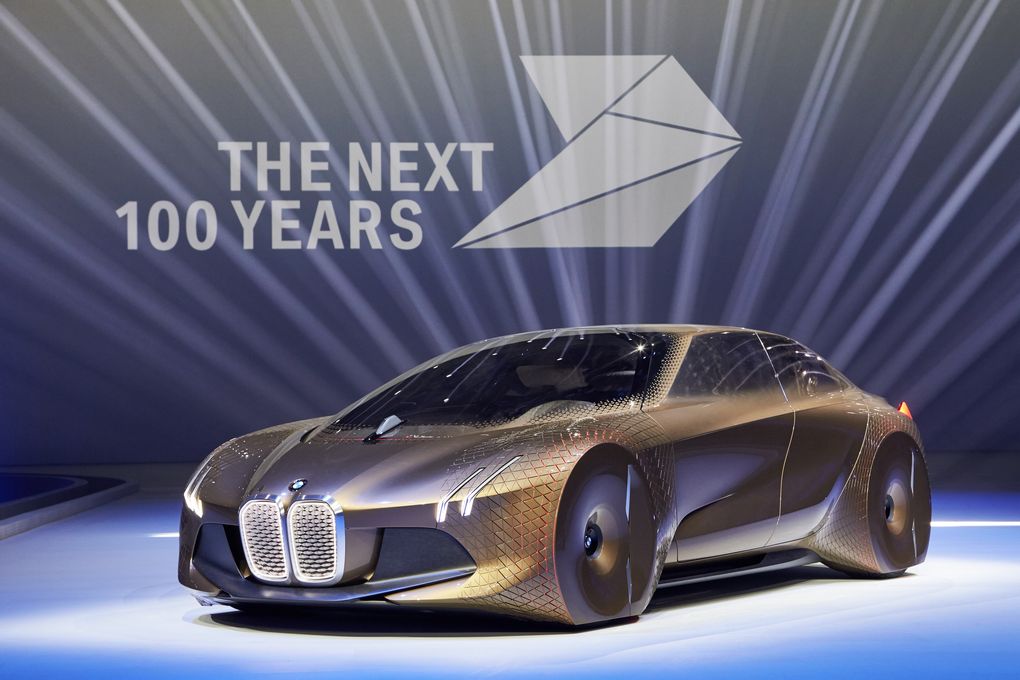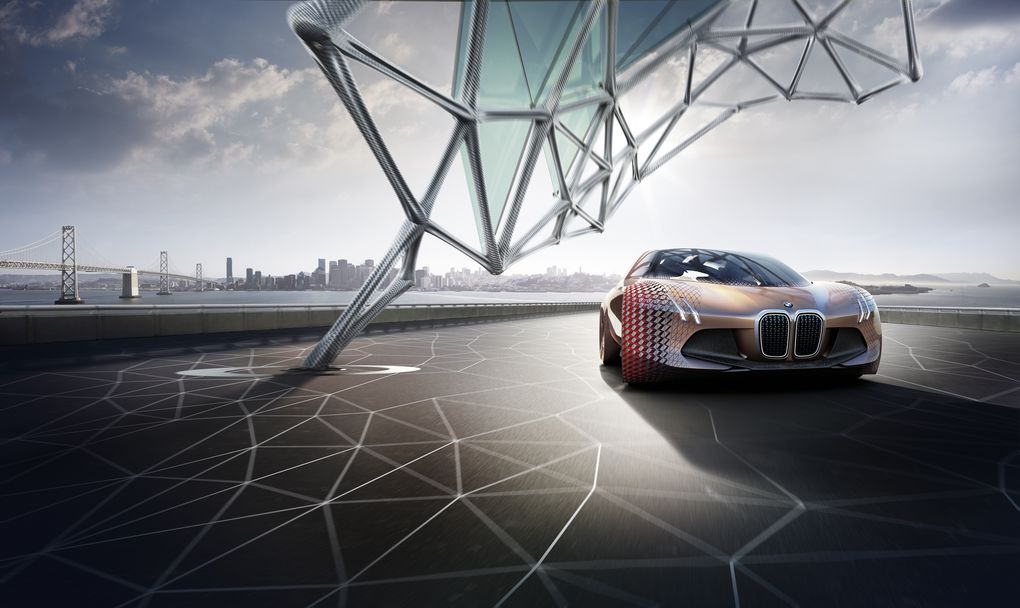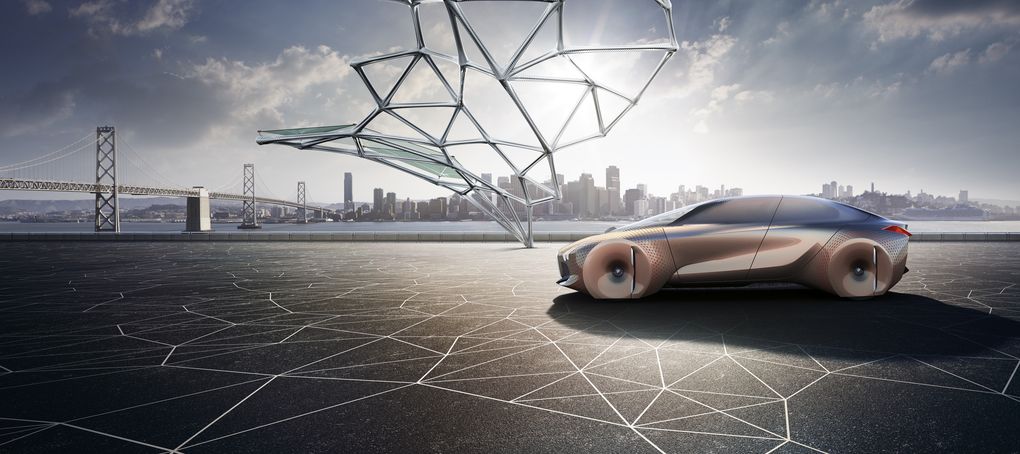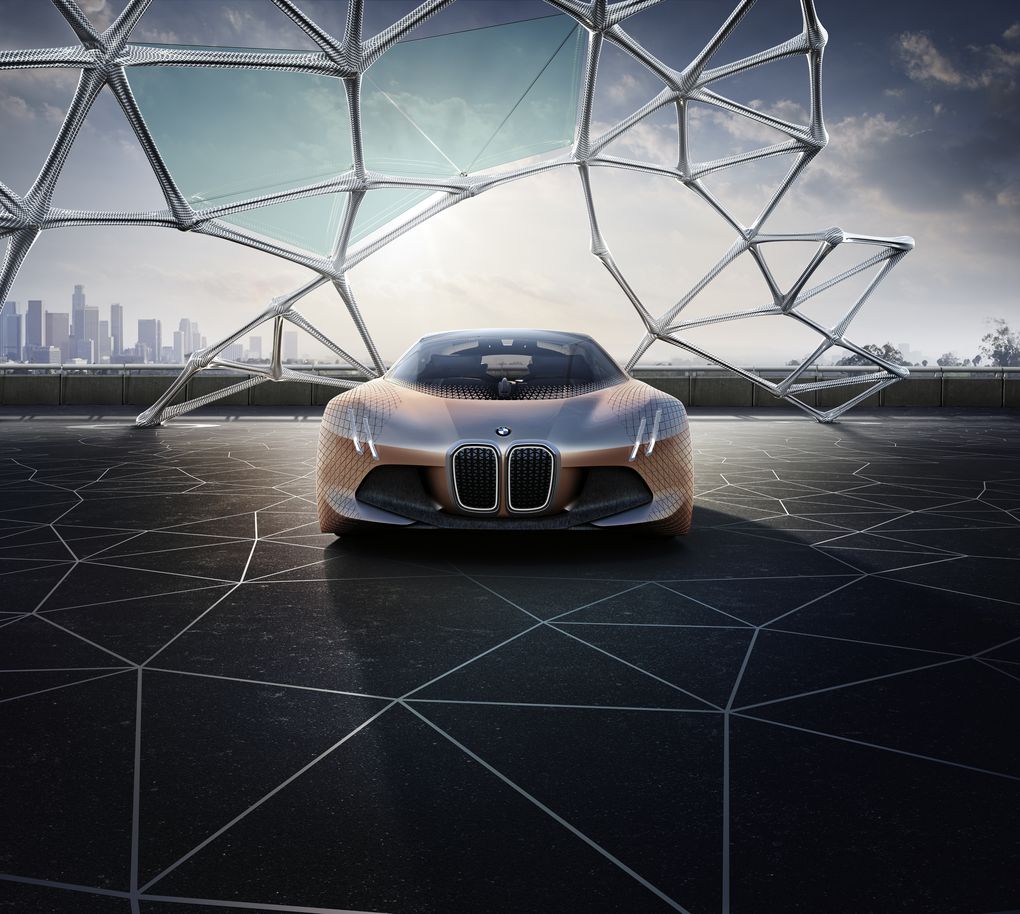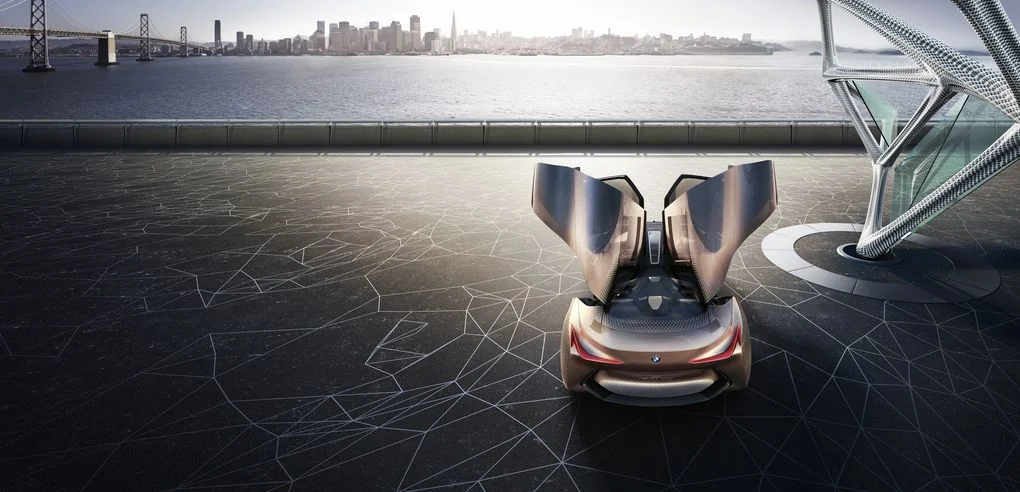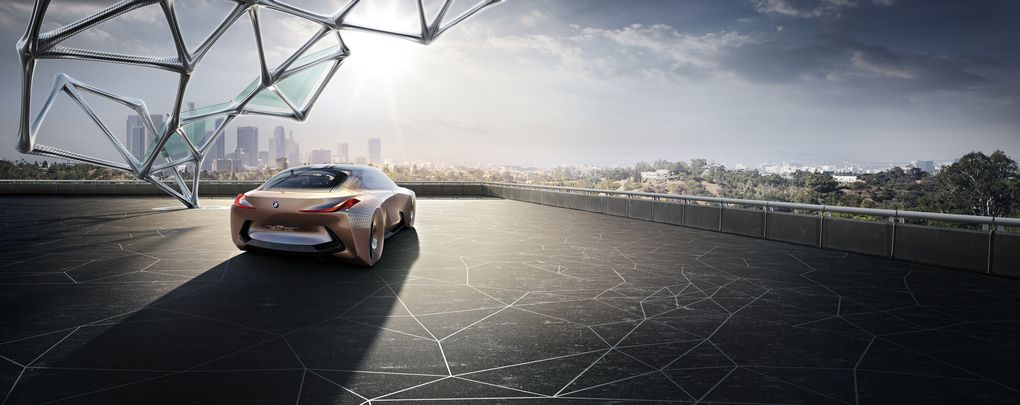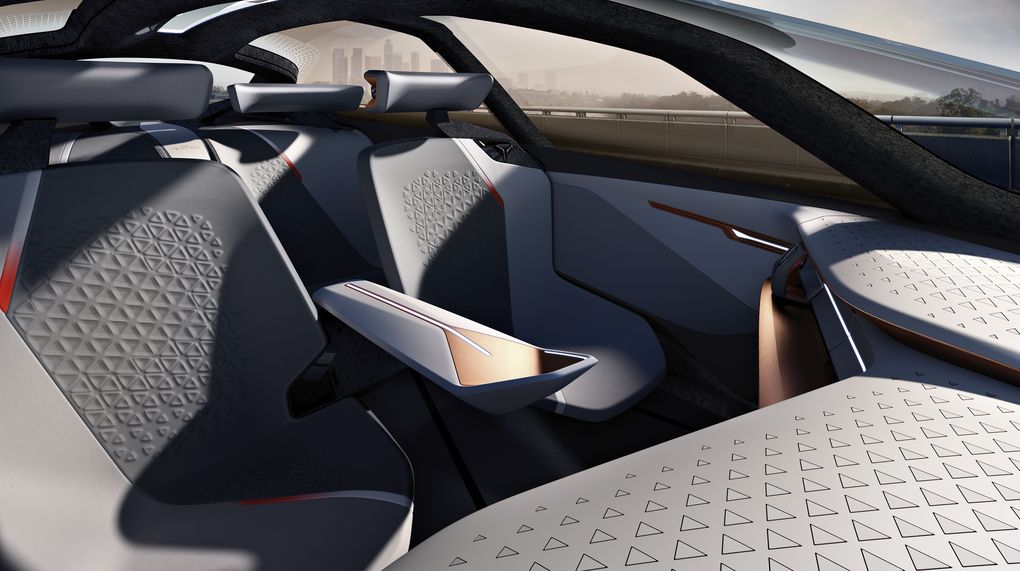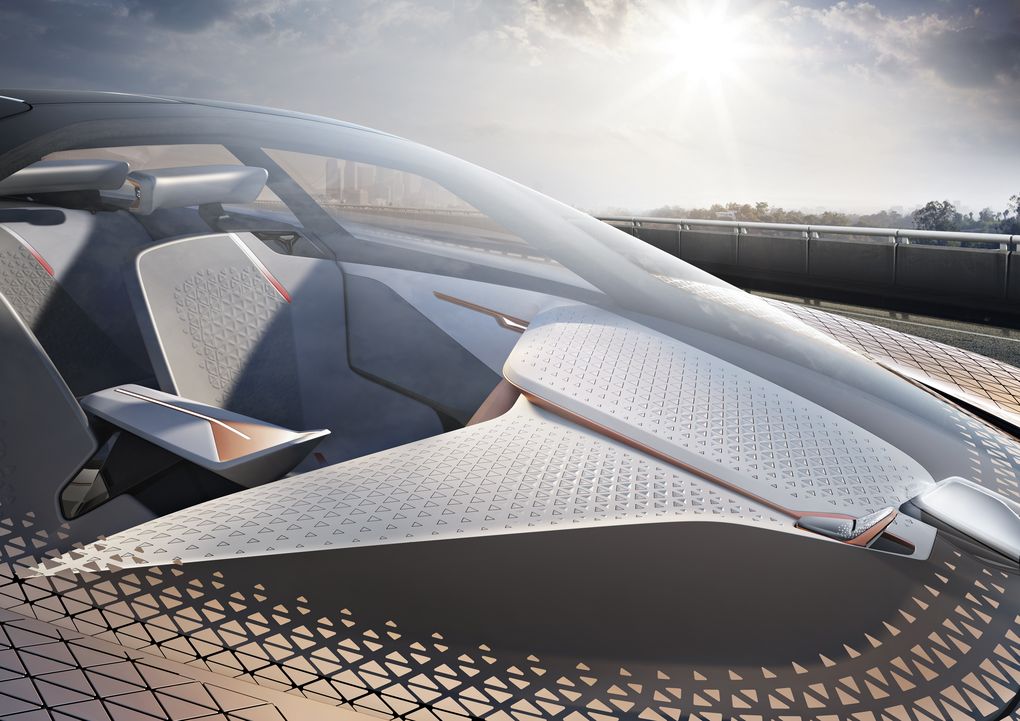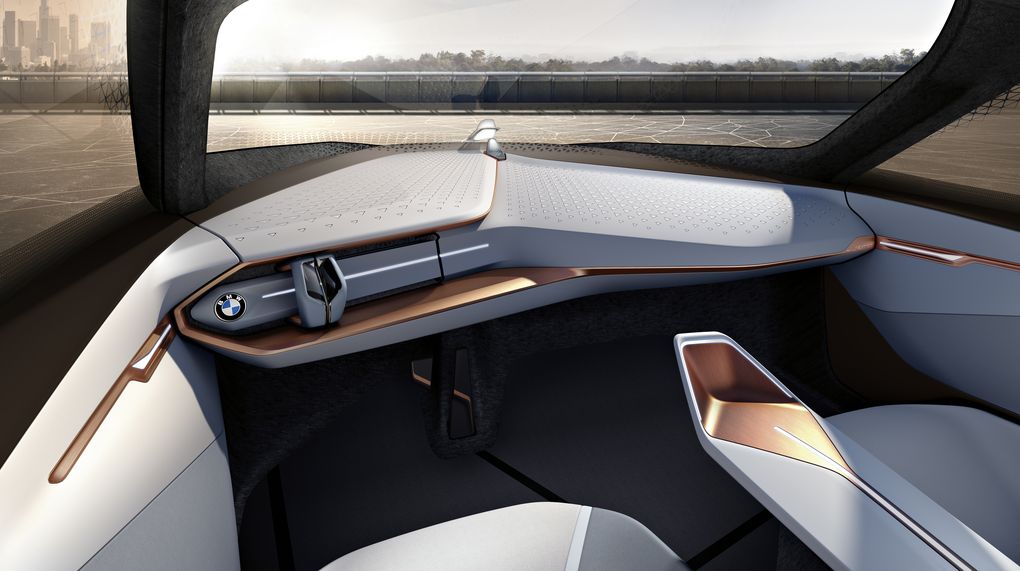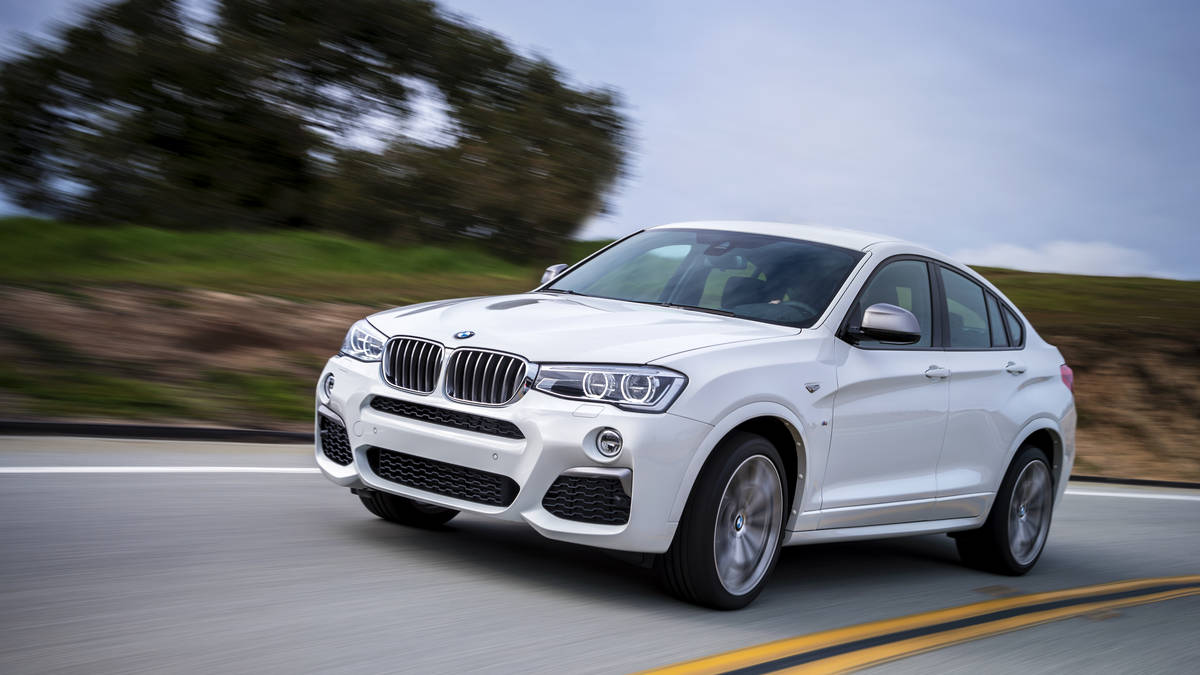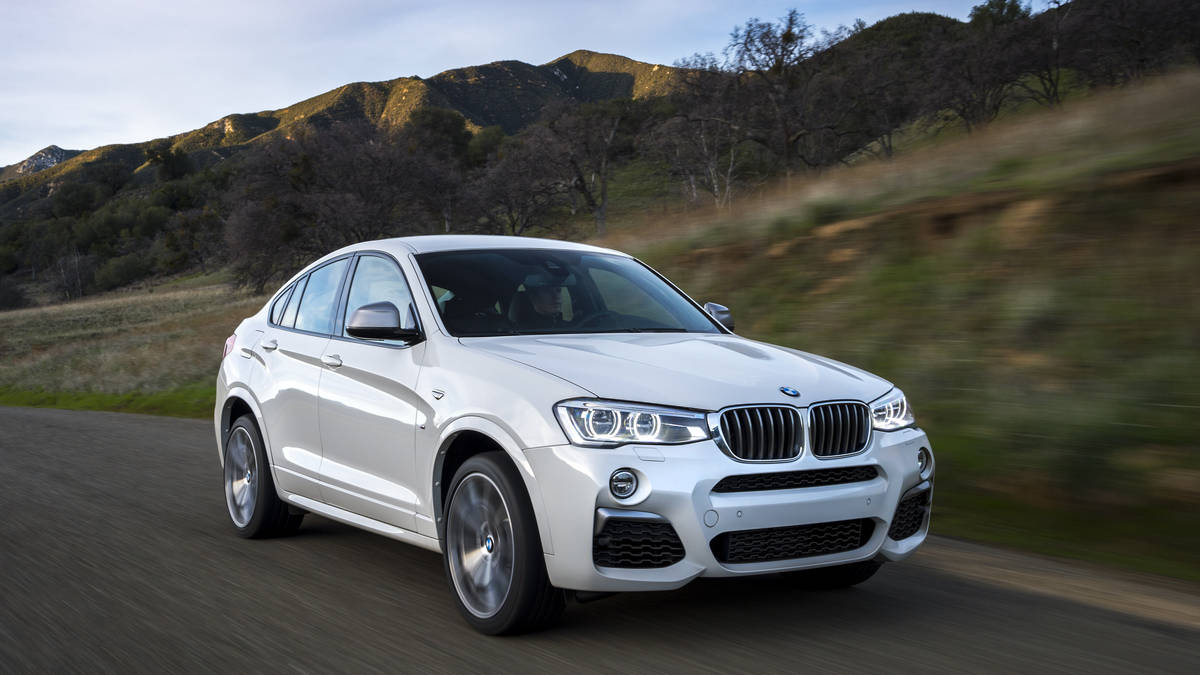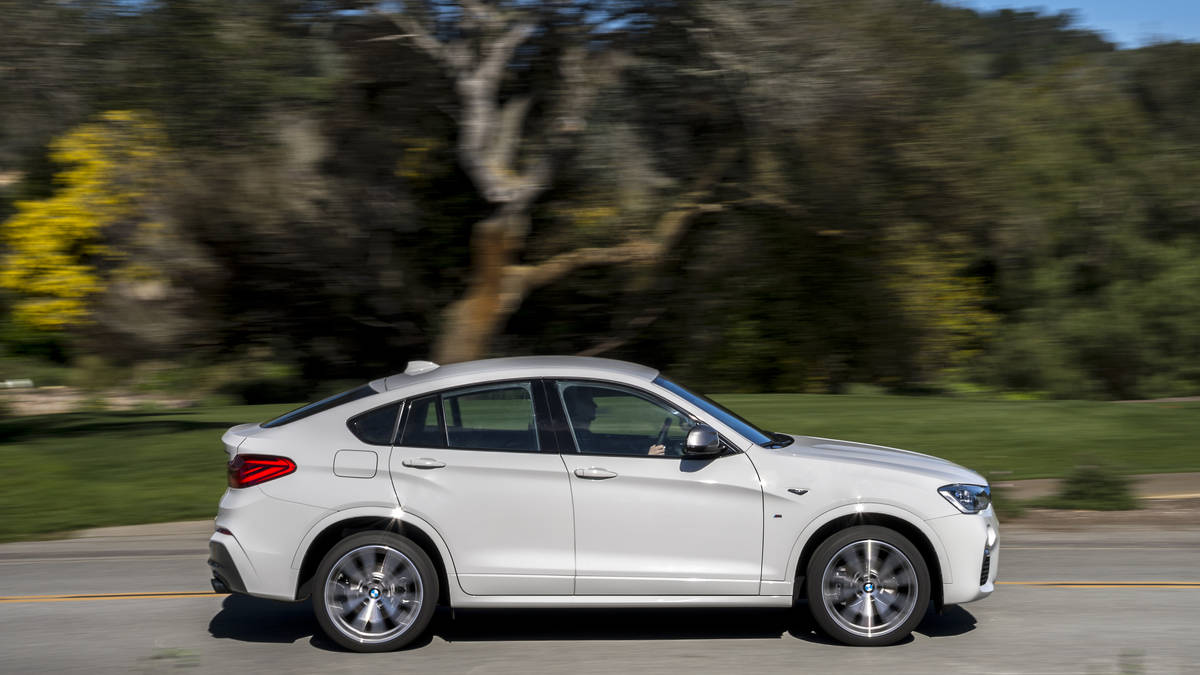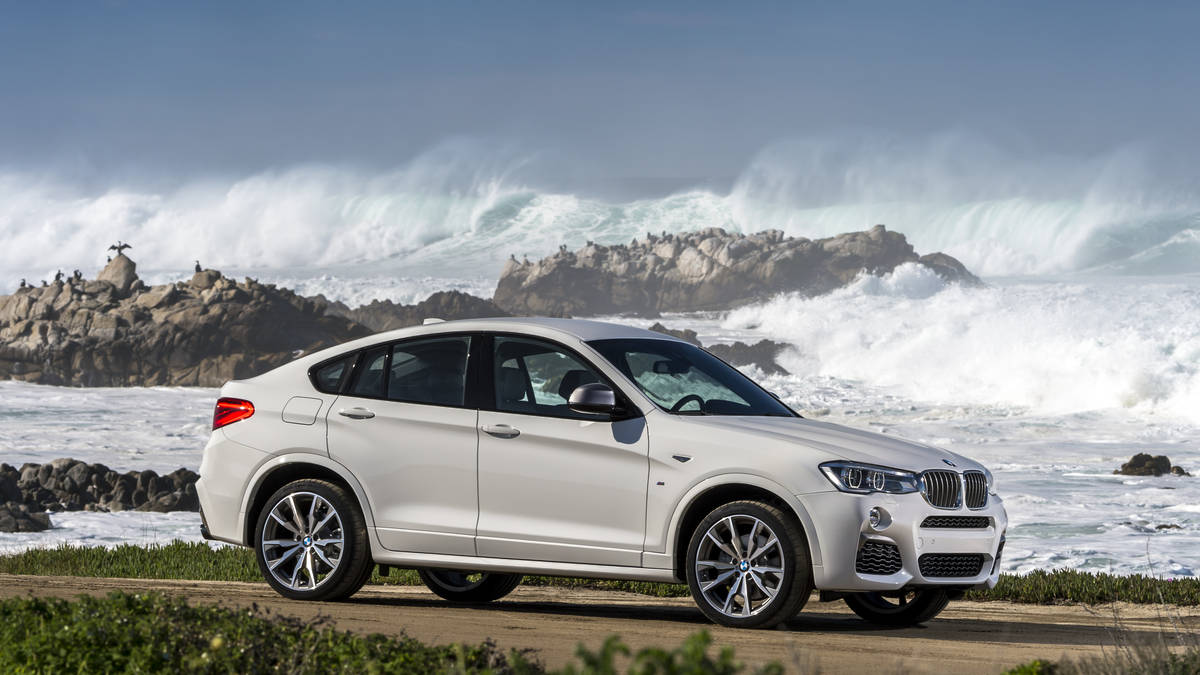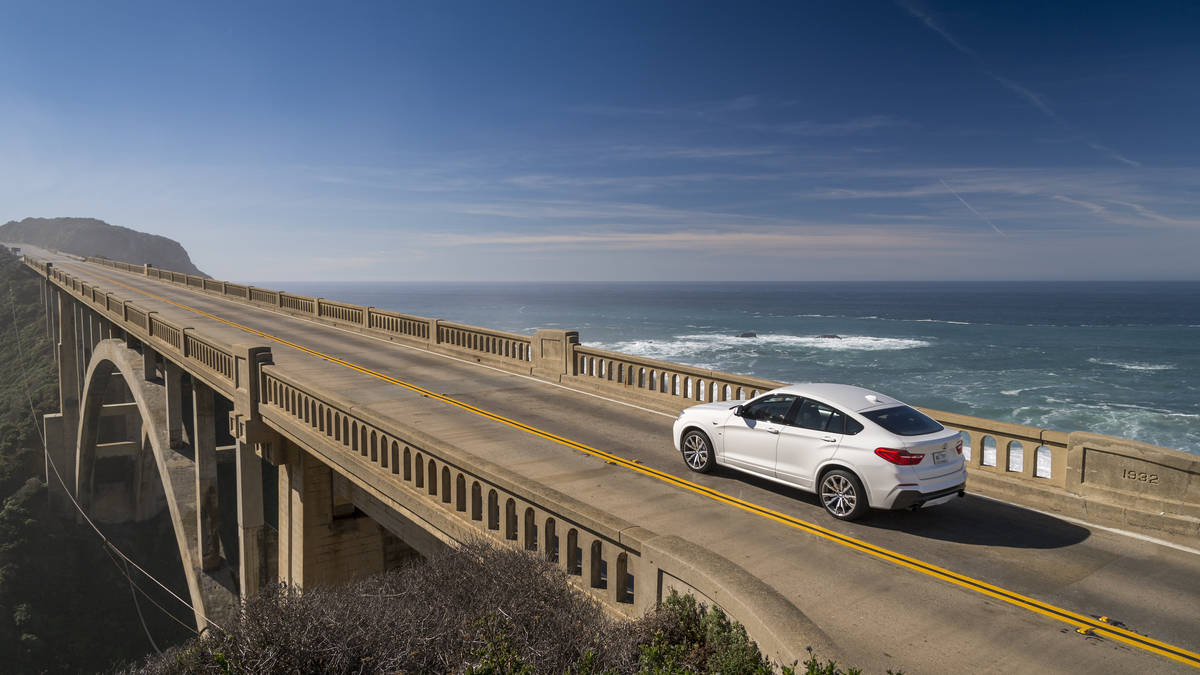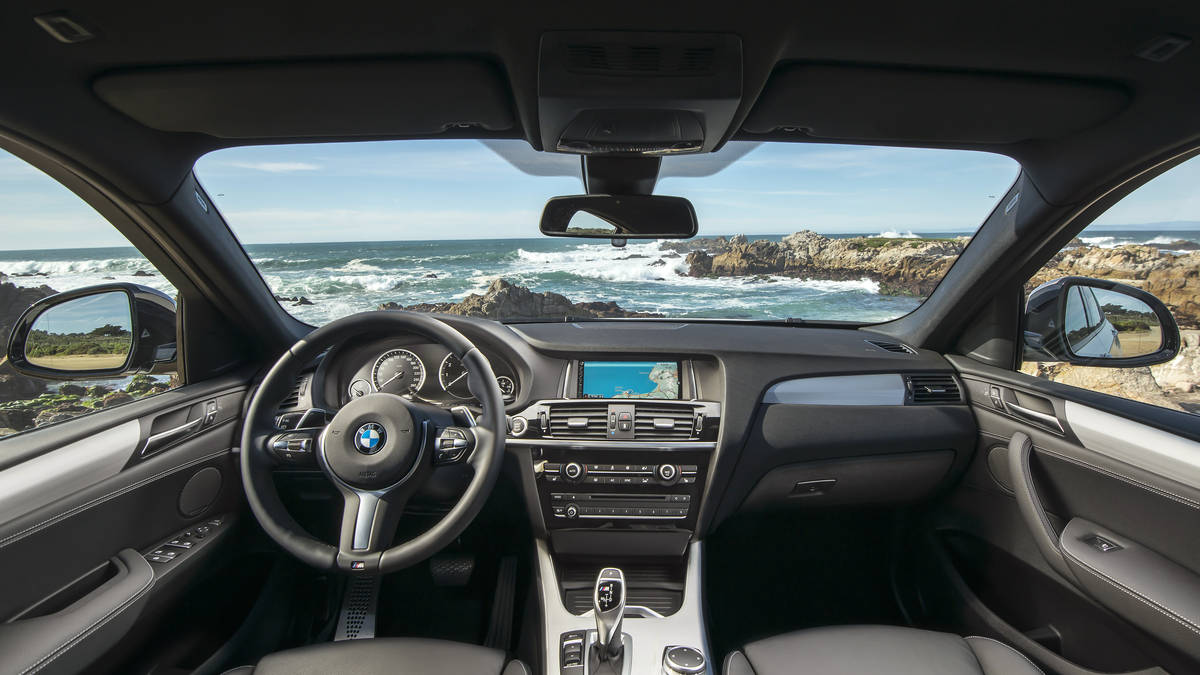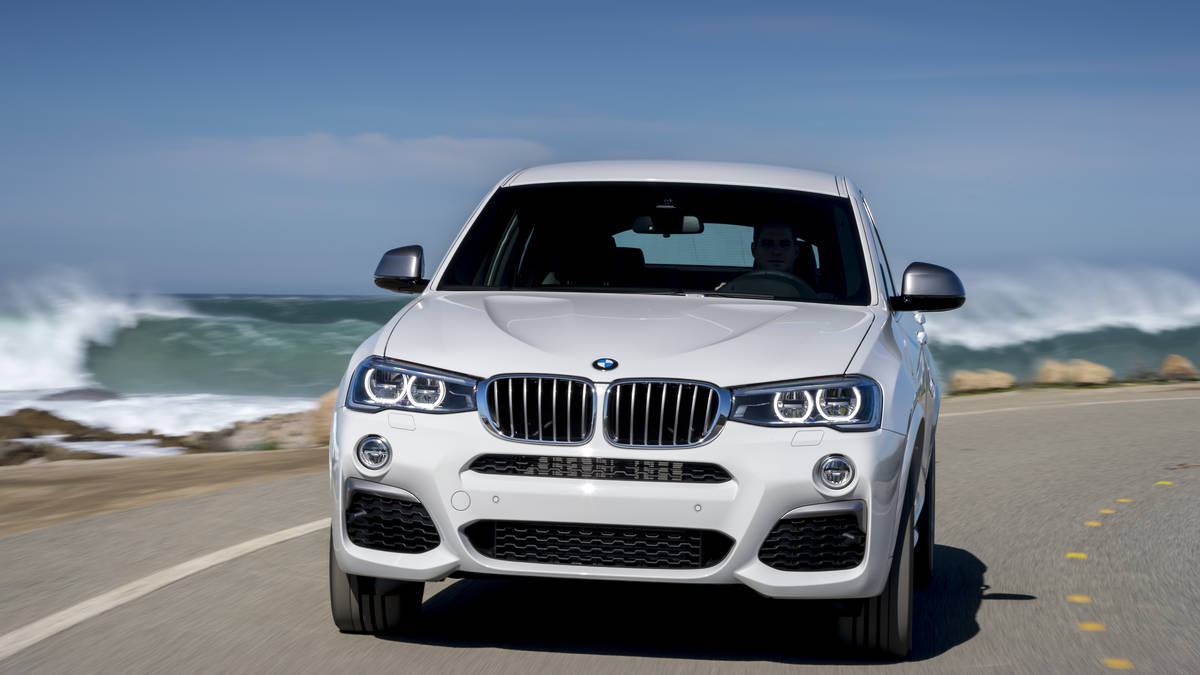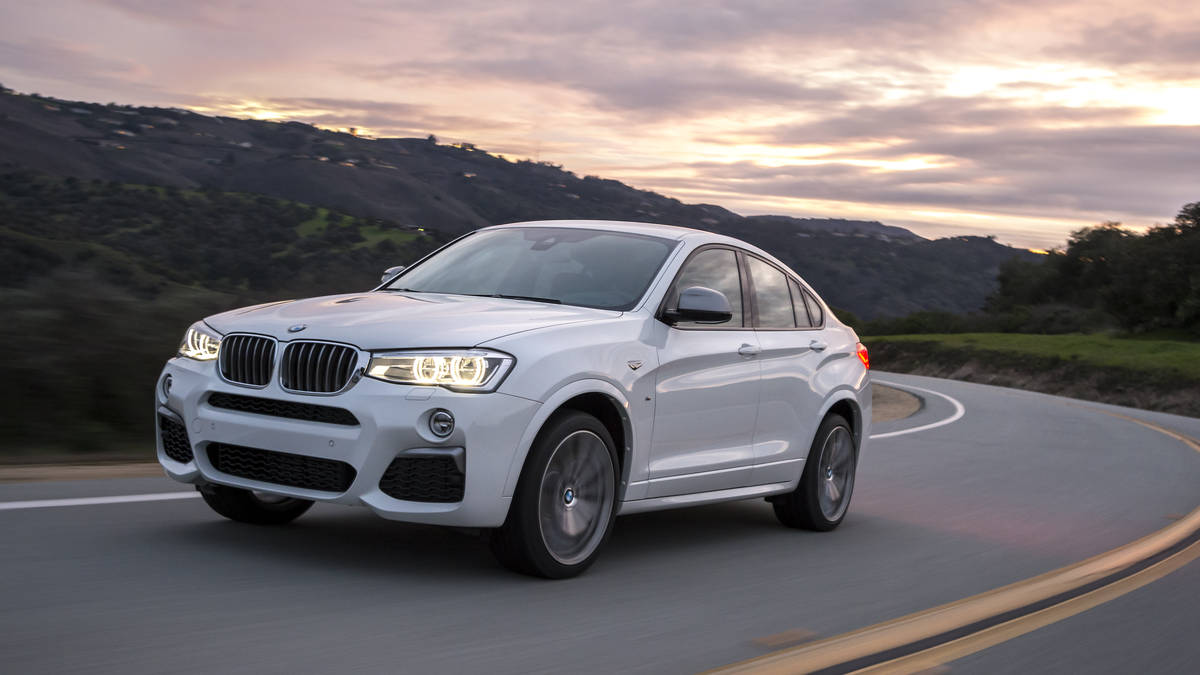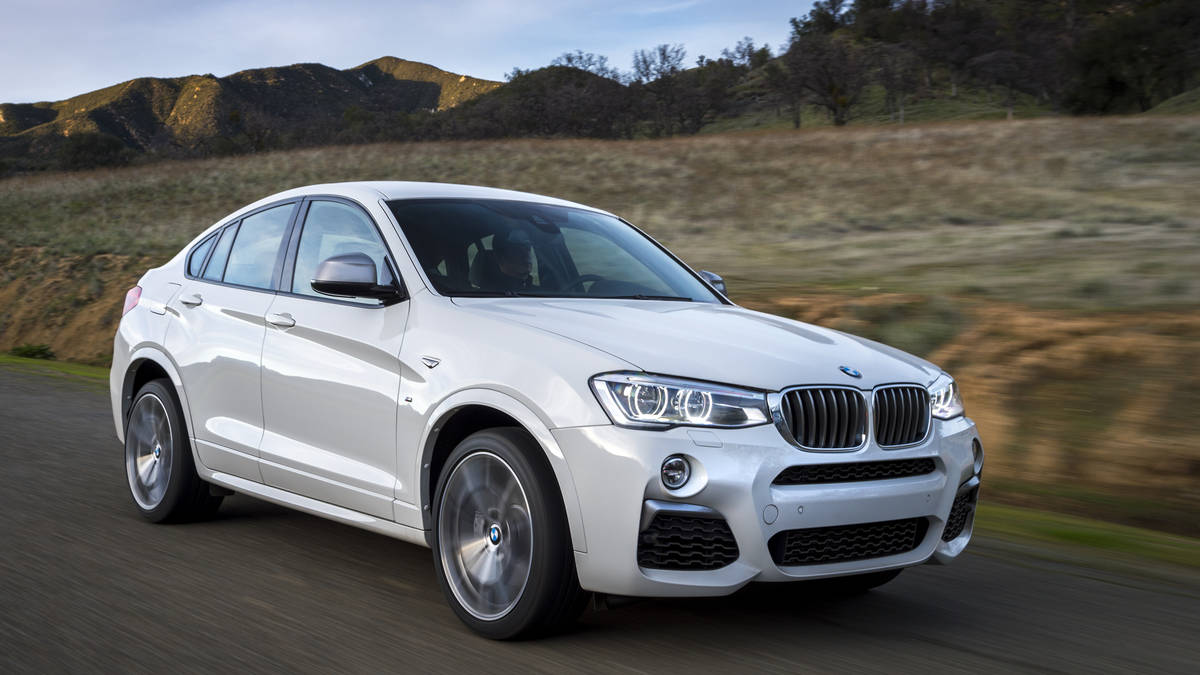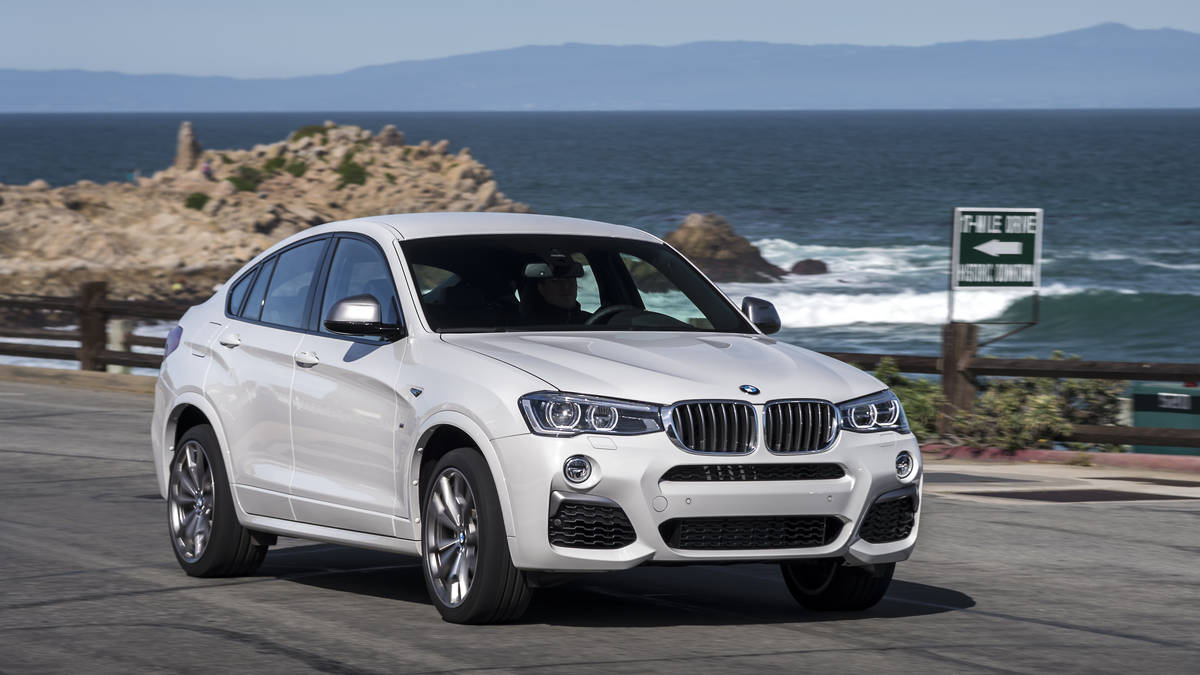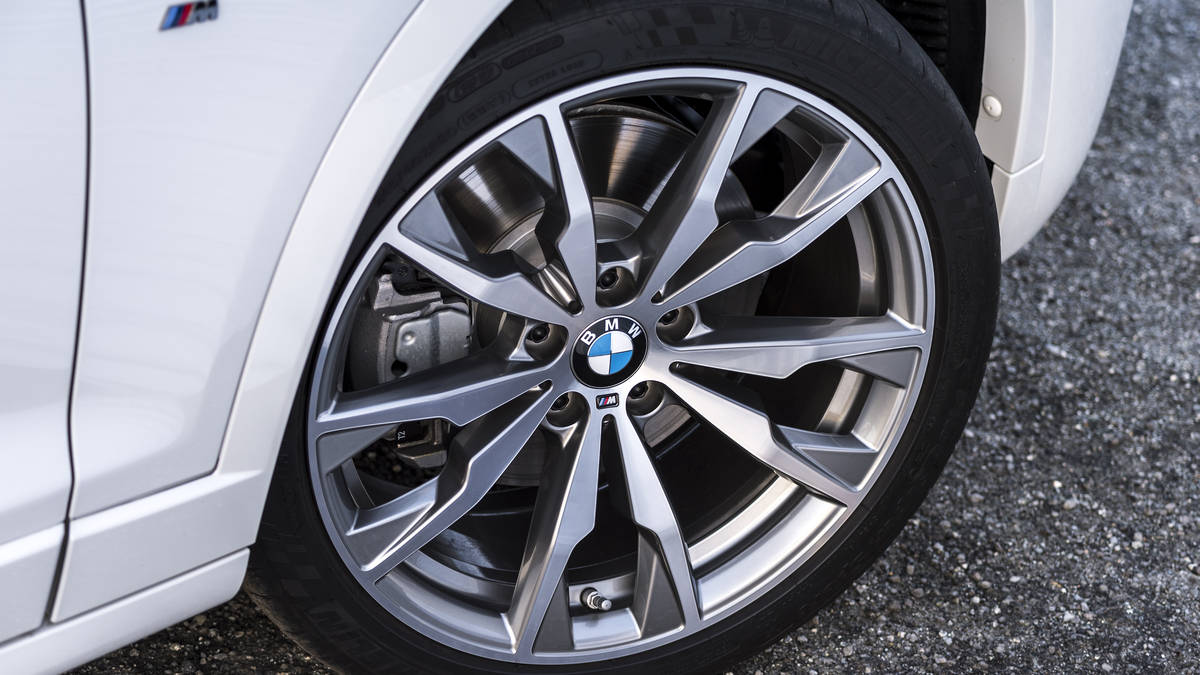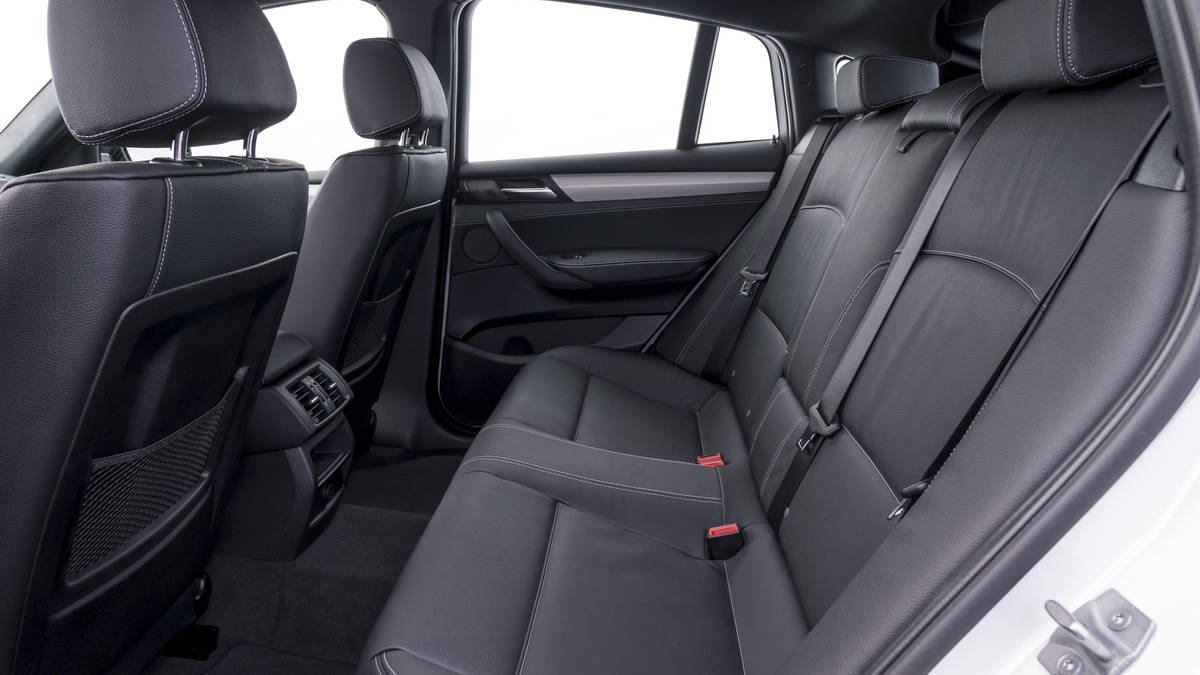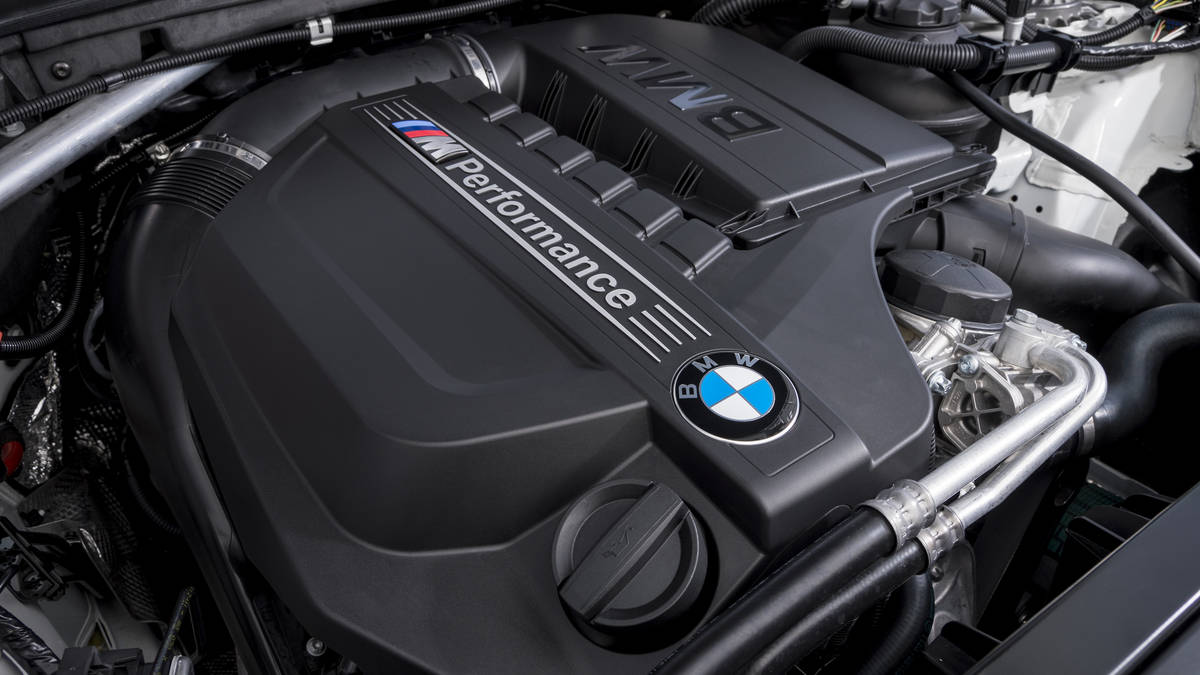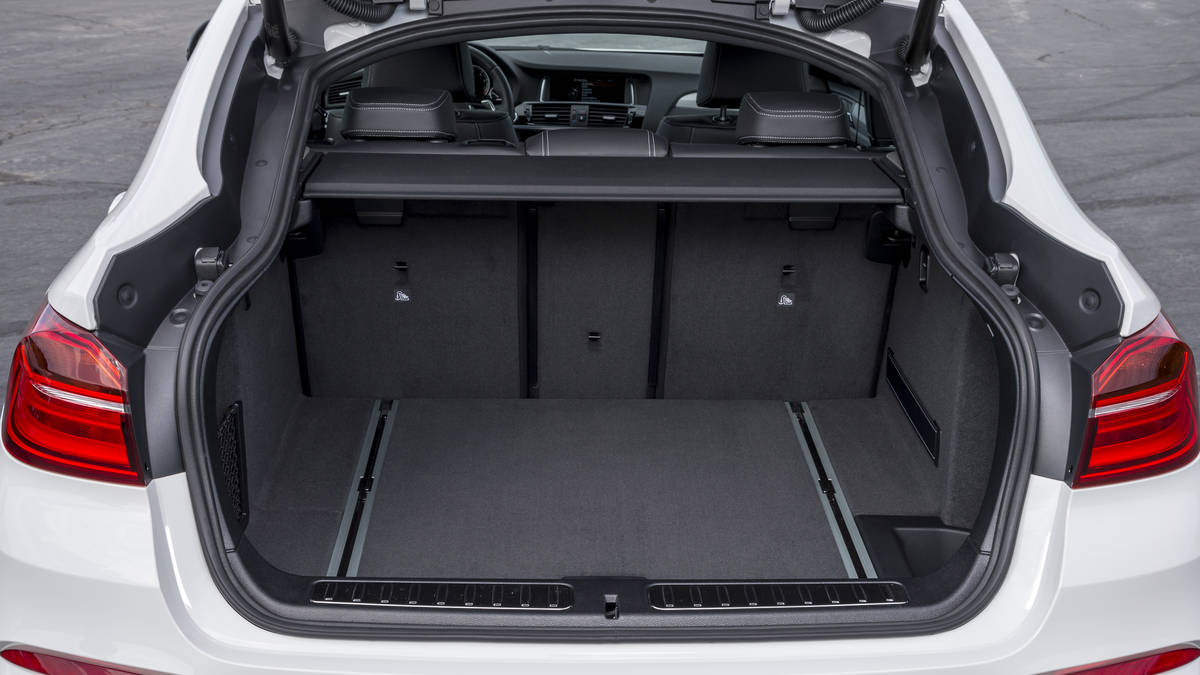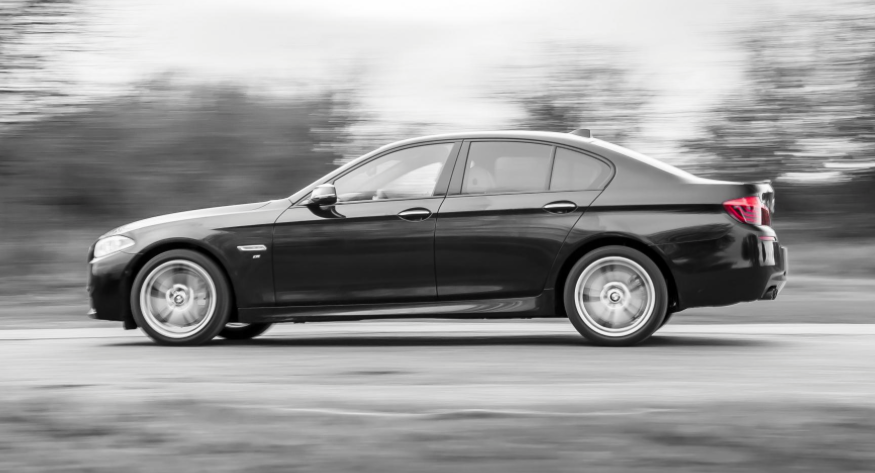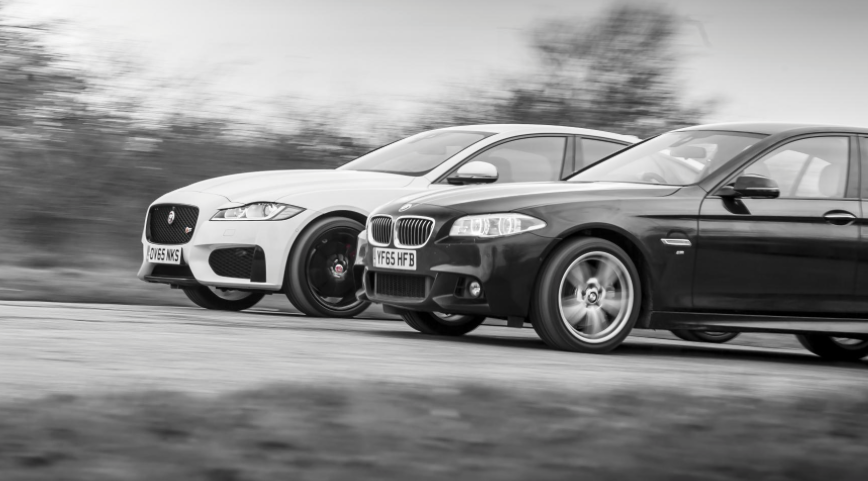By Joe Simpson - Pocket Lint
For 40 years BMW has ruled the roost in the junior executive car stakes. It's fended off the arrival of the Audi A4 and Mercedes C-Class and has remained, by and large, the gold standard in this class of car throughout its history.
But now the 3-Series is under attack like never before. Not only was there a new Merc C-Class the year before last, and a new Audi A4 at the start of this one, but Jaguar has launched the XE and Lexus has the best IS it's ever had.
If you don't want a 3-Series, your choices are extensive and varied, and that's before you've even considered jumping from a saloon body style to SUV instead.
But should you still want a 3-Series, that's the question? And is it – objectively – still better than the rest? Our first drive of this new for 2016, face-lifted model should give us some answers.
BMW 3-Series 2016 first drive: Nip & tuck
We'll qualify that last statement first of all. You're probably looking at the car top of page and saying to yourself "facelift? What's changed".
It is true this is a blink-and-you'll miss it change, on the surface at least. The 2016 3-Series gets a raft of improvements under what BMW terms an "LCI" (that's Lifecycle impulse).
So there are new lamps front and rear, including the option of LEDs at the front for the first time. Plus some changes to the bumper aprons, some new wheel designs and a couple of new colours too.
BMW 3-Series 2016 first drive: New engines
You'll be more interested, however, in the brand new range of engines that arrive with this 3-Series facelift. A new 2.0 turbo petrol that goes into what's now badged the 330i (was 328i), a 3-cylinder turbo diesel in the 316d, and – most importantly because it's the one everyone buys – a new 2.0 turbo diesel in the 320d (i.e. this car on review).
The diesels are all the same family: BMW has developed a new modular cylinder block, which you can then spec in 3-, 4- or 6-cylinder formats. What you need to know is that power and torque are up (slightly) across the board, while fuel economy goes up and CO2 emissions go down.
The one you'll want as a company car driver is the 320d Efficient Dynamics model, with the 8-speed auto – because it drops the CO2 down to 99g/km, which currently means its tax-free. The 320d also offers 163bhp, which is plenty enough to row the car along.
The other model to consider as a company car driver is the new 330e – a plug-in hybrid available in the 3-Series for the first time, which marries a 181bhp 2.0 4-cylinder petrol with a 65kw electric motor (that's around 20-miles on the battery alone if you want it).
BMW 3-Series 2016 first drive: Behind the wheel
Back to the here and now. This BMW 320d M-Sport produces 190hp, emits 106g/km of CO2 and attracts benefit-in-kind of 21 per cent. Those figures apply regardless of whether you take the 6-speed manual or 8-speed automatic.
We drove the auto for this drive, which is priced at £34,460. By way of comparison, an Audi A4 2.0 TDi S-Line auto also produces 190hp, emits 111g/km of CO2 and costs £33,345.
Behind the wheel, the BMW feels good for every one of its 190 horsepower – perhaps more so. A back-to-back drive in a Jaguar XE 2.0d in the higher output format revealed the BMW to feel noticeably quicker across the board.
It's quieter too. There's still an unpleasant amount of thrum and rattle from the engine on start up with the BMW, but it's quieter than the engine that went before it, and once spinning it's quite smooth and avoids the coarseness of most 2-litre diesels.
Interestingly, it's happy to rev right round to 5,000-odd rpm too – it doesn't simply run out of breath in the 4,000s like most diesels. This, combined with the faster-shifting ZF 8-Speed auto, which in M-Sport guise comes with paddles behind the wheel, combines to make the 3-Series a fast and fun thing to drive, particularly across country.
Helping things along are tweaked suspension settings, which are intended to provide greater precision, a faster steering rack and better ride. Sounds like an impossible combination – and in isolation we're not sure you'd notice.
However, we handily stepped out of a pre-facelift 3-Series when we arrived at the event to drive this 320d. And we noticed the difference straight away. Turning feels much quicker and sharper through the steering wheel. And the ride is noticeably better, the suspension quieter.
BMW continues its art of black magic in the handling and ride department. For our money it's on par with the new Jag XE (the steering is better in the XE, the consistency of response and quietness of the suspension is better in the BMW).
BMW 3-Series 2016 first drive: Tech fight
So the 3-Series pretty much remains best-in-class to drive, out on the road. Job done in terms of keeping its sports saloon crown then?
Well, not so fast. Because the fast-moving factor in this class is now interior design – specifically the technology on-board.
It's here the 3-Series faces a tougher challenge. Merc's C-Class has raised the bar for materials, perceived quality and wow factor. Meanwhile Audi has come along and thrown the metaphorical kitchen sink of technology at the new A4's interior – giving it the full 12-inch digital dash display treatment we first saw in the TT and R8 (if you pay for it, anyway).
BMW has responded by – and we're not joking here – just adding some new trim finishers to the dashboard and electric window switches. Oh, and by giving the iDrive system some new connectivity functions, including a faster load time, over-the-air updates and 4G LTE connectivity. Which, on the face of it, sounds like equipping the 3-Series with a knife, when it's going to a gun fight.
And here's the rub. Jump into the 3-Series in a BMW showroom, and you'll surely be disappointed at the (lack of) tech on show, plus the lack of bling to the interior design – particularly if you've stepped across the road from the Audi or Mercedes dealer. Spend time with the car though, and it's not quite so clear cut.
Firstly, BMW's ConnectedDrive services and iDrive system has led for some while, so in a way the others were simply playing catch-up.
Compared to the Merc, for instance, the BMW's mapping, speed of system response, real-time-traffic info and on-screen graphics are far more modern, easier to read and realistic. The iDrive system remains intuitive after your first few days of being new to it. And for £825, BMW's head-up display (HUD) provides a clearer, greater amount of info than competitors.
Compared to the Merc, for instance, the BMW's mapping, speed of system response, real-time-traffic info and on-screen graphics are far more modern, easier to read and realistic. The iDrive system remains intuitive after your first few days of being new to it. And for £825, BMW's head-up display (HUD) provides a clearer, greater amount of info than competitors.
BMW 3-Series 2016 first drive: An Audi-sized thorn in the side
Spend more time with the BMW and its on-board tech seamlessly melds into the driving experience – it just works, it helps you out and the ergonomic layout of the cabin is peerless. No faffing hitting a touchscreen a million times simply to turn on heated seats as you must in the Jag. No intrusion of the transmission tunnel to push your legs over to the right and upset the driving position as in the Merc. And the BMW has fantastic sports seats which remain comfortable for thousands of miles.
Compare the 3-Series to the new Audi A4, however, and things are much closer. Audi, also, charge you more for a bigger sat nav screen, the full digital dash and HUD. But with that you get Google maps traffic, which is more accurate than the real-time traffic system in the BMW. Plus the Audi has the option of Apple CarPlay or Android Auto – which is coming, but not quite here yet for the BMW.
The BMW's better to drive when you're on it, but the Audi's quieter. Overall, we'd say the two are close to a tie for honours in the class now – the BMW remains the sportier driving choice, the Audi the more serene and more overtly high-tech.
First Impressions
So the BMW retains its class crown – albeit sharing with its arch German competitor, Audi.
However, without wishing to sound too cheesy, the real winner here is anyone shopping for a car like this. The BMW, the Audi, the Mercedes and the Jaguar each have their own qualities. You might hate their ubiquity on the road, but the reality is their common site is testament to just what brilliant cars they all are – and this is one class of car in which you are now truly spoilt for choice.
For what it's worth – and were it our money being spent – we'd still pick BMW. Why? Because of its livability on a day-to-day basis, ability to put a smile on your face on a B-road, and the intuitive, learnable qualities of the interface and wider depth of technology.






